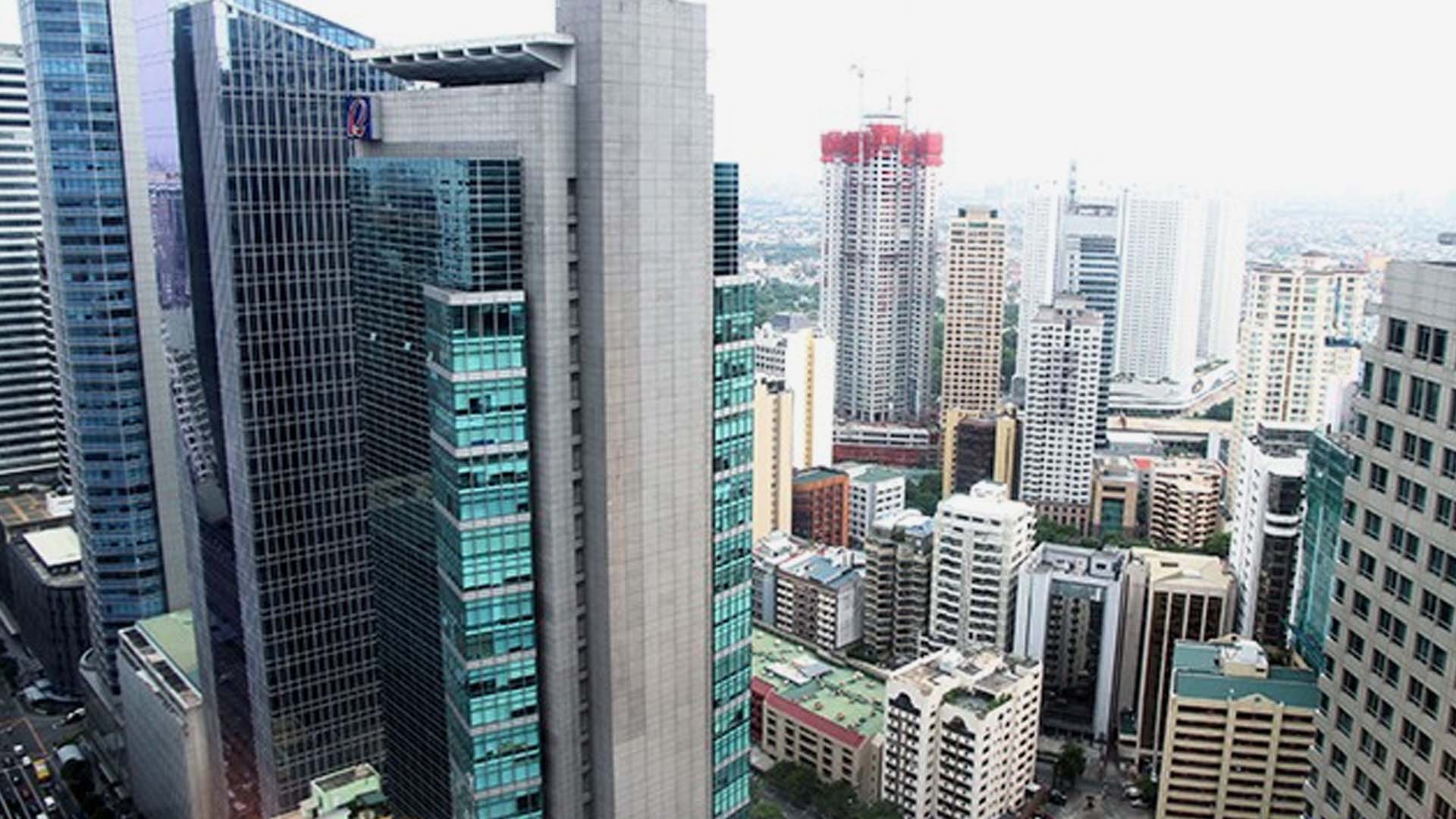An economist said the Philippines has suffered the biggest blow in terms of tightening of monetary policy and inflation pressure among ASEAN peers, but the country still managed to ease the impacts of these headwinds on its economy.
In a briefing in Taguig City on Tuesday, HSBC economist Aris Dacanay said the Philippines would remain the fastest-rising economy in ASEAN in 2023 at 5.3 percent and will maintain a gross domestic product (GDP) growth of 5.3 percent in 2024 before further strengthening to 5.8 percent in 2025.
The latest GDP outlook of HSBC increased from its projection for the Philippines in September 2023 at 4.8 percent for 2023 and 5.2 percent for 2024. The GDP forecast for 2025 was kept.
HSBC’s Philippine GDP growth projection in 2023 is higher than Vietnam and Indonesia both at 5 percent, Malaysia at 4.1 percent, Thailand at 2.5 percent, and Singapore at 1.2 percent.
“But it’s good to know that even though we’re not used to 5.3—we’re used to 6.5—5.3 is still an excellent number compared to what everyone is going through today. At 5.3 percent, the Philippines is poised to become the highest, fastest growing economy in ASEAN for 2023,” Dacanay told reporters.
Dacanay emphasized that the country’s labor force will continue to support the domestic economy through consumption.
“This labor resilience, this labor boom that we’re having now will help the Philippine economy float spectacularly throughout the headwinds, the global headwinds that we have today,” he added.
While other ASEAN economies will continue to increase their GDP growth this year, the Philippine economy is seen to be moving sideways.
“We had the highest the biggest inflation problem in ASEAN. We had the tightest monetary policy in ASEAN, and yet we are at a soft landing. Because again, mainly because we had these very resilient Filipino people now joining the labor force, to find all—to make ends meet, and basically that is boosting the economy. So at 5.3 percent now given what we went through, it’s not bad at all,” the HSBC economist said.
EO 10 extension
Dacanay said the extension of Executive Order (EO) 10 until this year, which reduces tariff rates for pork, corn, and rice, would help bring back the inflation within the government’s target of 2 to 4 percent.
From 6-percent inflation in 2022, HSBC forecast that the rate of increase in prices of goods and services will slow down to 3.5 percent in 2024 — thanks to EO 10 extension — before slightly increasing to 3.8 percent in 2025 due to the expiration of EO 10 by December 31, 2024.
“You have the legroom for inflation to rise without it being so concerning, at least as concerning compared today,” he said. “What’s concerning is if inflation breaches target.”
In line with Fed
Dacanay said the Bangko Sentral ng Pilipinas (BSP) will not cut rates ahead of the United States Federal Reserve System.
He added that the BSP is expected to follow the timing and the size of the rate cuts by the US central bank.
“Well, if the BSP cuts ahead of the Fed, that would lead to depreciation pressures. So that would lead to a weaker peso. If it doesn’t cut, it’s going to lead to a stronger peso. But I think if it cuts in line with the Fed, it will limit the volatility, which is the more important aspect,” the economist said. (PNA)







